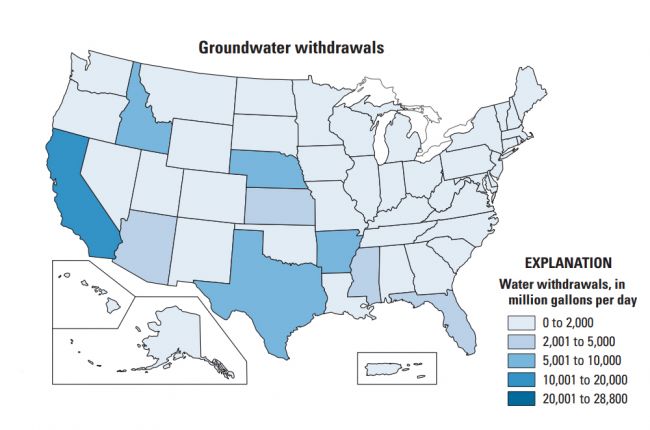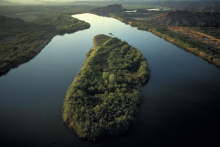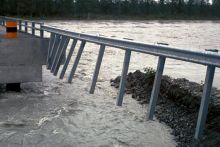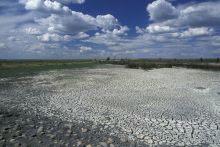
Roughly 60 percent of global groundwater use is for irrigation; most of the rest is used in households and industry.1 Groundwater uses vary significantly by country, and partly depend on climate. In some countries with abundant rainfall, such as Indonesia and Thailand, irrigation needs are very low, so household water supply is the main use for groundwater. Globally, over 2 billion people use groundwater as a source of drinking water.1 In some more arid countries such as Pakistan, Saudi Arabia, and Syria, irrigation accounts for 90 percent of groundwater use.1
The U.S. Geological Survey publishes data on water use in the United States every five years. In 2015, the main uses for groundwater in the United States were irrigation (68%) and public supply (18%).2 Although over 13 million households in the United States get their water from private wells,3 this accounts for only 4 percent of all groundwater used in the United States.2 Other minor uses include livestock, aquaculture, mining, and self-supplied industrial use.2
References
1 Facts About Global Groundwater Usage National Ground Water Association
2 Estimated Use of Water in the United States, 2015 U.S. Geological Survey
3 2015 American Housing Survey U.S. Census Bureau
Learn More:
- Estimated Use of Water in the United States, 2010 (Report), U.S. Geological Survey
2014 report on water use in the United States for the year 2010. Provides quantitative data on sources and uses of water on national and state levels.
- Groundwater Use in the United States (Website), U.S. Geological Survey
USGS Water Science School webpage on groundwater use in the United States since 1950.
- Groundwater Use and Overuse (Website), National Oceanic and Atmospheric Administration
Background information on groundwater use, plus an exercise with questions and answers on the issues surrounding overuse of groundwater.
- Water as One Resource: How interactions between groundwater and surface water impact water availability (Webinar), American Geosciences Institute
Webinar on the links between groundwater and surface water, and implications for water management and policy.
- Desalination as a Source of Fresh Water (Webinar), American Geosciences Institute
Webinar on the use and desalination of salty water, including brackish groundwater, in the United States and further afield.




